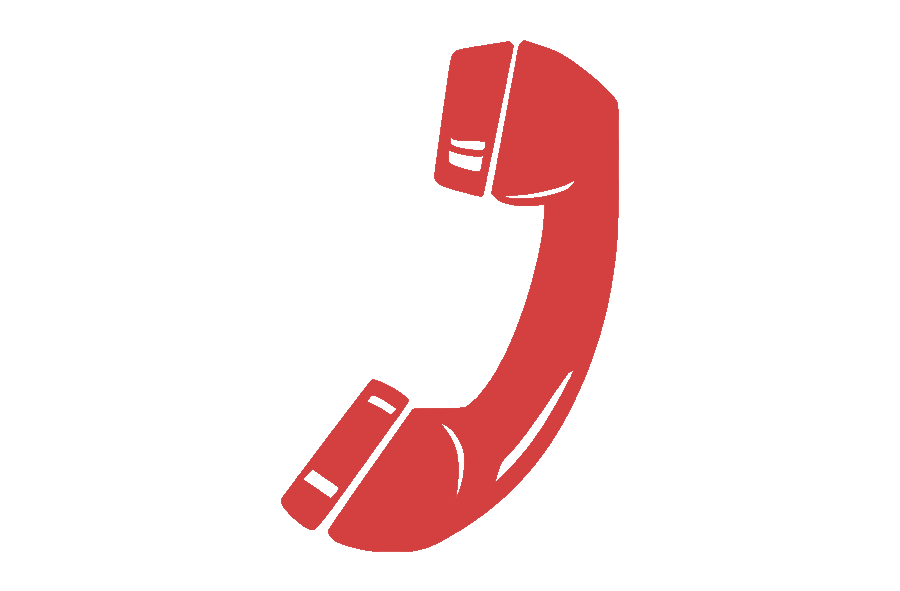Gay New York : gender, urban culture, and the makings of the gay male world, 1890-1940 / George Chauncey
Material type: TextPublication details: New York : Basic Books , c1994.Description: xi, 478 p. : ill. ; 25 cmISBN:
TextPublication details: New York : Basic Books , c1994.Description: xi, 478 p. : ill. ; 25 cmISBN: - 9780465026210
- 305.3896 CHA
- HQ76.2.U52 N53 1994
| Item type | Current library | Call number | Status | Date due | Barcode |
|---|---|---|---|---|---|
| Libro - Monografía | Biblioteca Pública de San Miguel de Allende, A.C. | 305.3896 CHA (Browse shelf(Opens below)) | Available | 053007 |
Browsing Biblioteca Pública de San Miguel de Allende, A.C. shelves Close shelf browser (Hides shelf browser)
Includes bibliographical references (p. [365]-457) and index.
"This brilliant work shatters the myth that before the 1960s gay life existed only in the closet where gay men were isolated, invisible, and self-hating. Based on years of research and access to a rich trove of public and private documents, including the diaries of gay men living in New York at the turn of the century, this book is a fascinating look at a gay world that was not supposed to have existed." "Focusing on New York City, the gay capital of the nation for nearly a century, George Chauncey recreates the saloons, speakeasies, and cafeterias where gay men gathered, the intimate parties and immense drag balls where they celebrated, and the highly visible residential enclaves they built in Greenwich Village, Harlem, and Times Square. He tours New York's turn-of-the-century sexual underground, including gay bathhouses and backroom saloons. He chronicles the now-forgotten "pansy craze" of the Prohibition years, when Times Square's most successful nightclubs featured openly gay entertainers and when drag balls held in Madison Square Garden and Harlem's largest ballrooms drew thousands of spectators and banner headlines in city newspapers. And he reconstructs the codes of dress, speech, and style gay men developed to recognize and communicate with one another in hostile settings, which enabled many men not just to survive but to flourish. Gay New York offers new perspectives on the gay rights revolution of our time by showing that the oppression the gay and lesbian movement attacked in the 1960s was not an unchanging phenomenon. It had intensified in the 1920s and 1930s as a direct response to the visibility of the gay world in those years." "Above all, Gay New York shows that our most intimate sexual identities are stunningly recent creations. It depicts a complex prewar sexual culture in which men were not divided into homosexuals and heterosexuals but into fairies, wolves, queers, and "normal" men. Many of those "normal" men frequently engaged in sexual relations with other men, because sexual normality was not defined by exclusive heterosexuality." "This book will change forever the way we think about the gay past - and the American past."--BOOK JACKET.

 info@labibliotecapublica.org |
info@labibliotecapublica.org | 
There are no comments on this title.